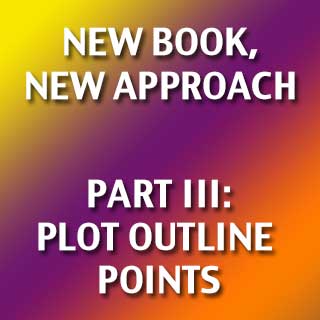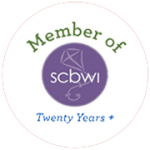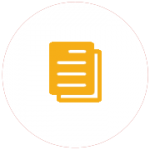I’m not gonna lie, developing a plot outline has always been a bit of a turnoff. I knew a book outline wouldn’t be the Roman Numeral I thing, but it still sounded academic. Once I got over that, the whole idea scared me. I’d have to really think about my story and what if there was nothing there? At least when I jumped in right away, I could experience the thrill of the new idea before it petered out.
But this time I was determined. And I decided to get as much help as I could, taking both the Story/Plot class with Eleanor Brown I mentioned before as well as attending a wonderful drafting workshop with author Tara Dairman at the RMC-SCBWI Fall Conference, who included her outlining process as part of her approach.
My Tools
Here are two excellent tools I invested in and one set of free tools:
- The “boxed” e-book set by K.M. Weiland: Structuring Your Novel + Workbook and Outlining Your Novel + Workbook. These had wonderful explanations, examples, and questions and prompts to get me thinking. I boughon iBooks, but they are also available on Amazon as both paper and e- versions.
- The Hero’s Two Journeys: Storytelling Secrets for Screenwriters, Novelists, Playwrights, and Fiction Writers with Michael Hauge and Chris Vogler (streaming video, but also available as DVDs). Hauge presents a 6-stage structure that I’ve used in the past, but the video really crystallized it for me. You can find downloads of the structure online, but I encourage you to read his books and/or check out the video to use it to its full advantage.
- Worksheets for Writers by Jami Gold. These run from basic to detailed, enabling you to pinpoint word count/page number/page ranges where plot points should occur based on the estimated word count of your completed novel. I plan to review these after I’ve gotten a few drafts under my belt. I’m less concerned with hitting exact numbers than I am making sure my plot continues to move forward.
My Structure
Using these two tools, I put together a series of plot points and character arc points in one document. I like how both of these authors distinguished between the inciting event/incident and the first turning point where the character takes action/makes a decision. Also, Weiland uses “pinch points” to bring in the antagonist at different places in the structure. Since I have an actual live antagonist for the first time—as opposed to an internal force who is against my main character—it was great to have these–I’d never heard of them and they forced me to think about my antagonist and his role in the story, which was very cool.
NEXT WEEK: A high level outline where I fill in these plot points as well as the beginnings of a more detailed outline. Can’t wait.



